Beyond Practice: The Strategic Advantage of Private Music Lessons
The Competitive Advantage Most Student MusiciansOverlook — and Why It Matters More Than Ever inCollegiate Music Admissions and Scholarships.
Read More
AccoladiFineArtsDirector.com is built for district fine arts leaders who oversee and shape the success of performing arts programs. Here, you'll find resources and tools to help you support your teachers, guide your students, and connect with collegiate recruiters who are eager to discover emerging talent.
While fine arts directors are at the center of this site, we also serve performing arts students and their families, collegiate and summer enrichment recruiters, and teachers. To ensure each group has the right fit, we've created dedicated websites:
Fine Arts Directors: this is your home base. Please continue your registration for your district/school here on AccoladiFineArtsDirector.com.
Everyone else: begin your journey at the site designed for your role.
.png)
Marching Orders: How Today’s Band Practice Turns into Tomorrow’s Tuition Checks — and Lifelong Success.
Director’s Title as a Clue:
High School: Competitive shows (BOA, USBands, state championships) with student fees for uniforms, travel, and contests—often offset by fundraisers.
College: Focus on entertainment (games, rallies, parades); no entry fees; uniforms and travel covered; some programs offer scholarships or stipends.
| Feature | High School Marching Band | College Marching Band |
|---|---|---|
| Participation | Open to all who enroll | Audition required |
| Instrumentation | Flexible | Carefully balanced |
| Connection to Major | Often tied to band class | Separate from academic major |
College marching band is a leap from high school in selectivity, commitment, and culture. With early preparation and awareness of the differences, aspiring university band members can step onto the field with confidence and secure the best musical and scholarship opportunities.
.png) ARTICLE GLOSSARY
ARTICLE GLOSSARY
Audition: A formal tryout where students perform selected music pieces to demonstrate their skills for placement into a group or for scholarship consideration.
Band Camp: An intensive training period (usually before the school year starts) where marching bands rehearse music and drill routines, building the show for the season.
College Marching Band: A large ensemble at the collegiate level that performs at football games, parades, and special events — often requiring an audition to join.
Concert Band: A traditional seated band focused on musical performances without marching; usually plays wind, brass, and percussion instruments.
Drill: The planned movements and formations that a marching band performs on the field, synchronized with the music.
Instrumentation: The specific makeup of instruments in a band, ensuring a balanced sound (e.g., enough trumpets, clarinets, trombones, etc.).
Leadership Position: Roles such as section leader, drum major, or captain within the band that involve responsibility for mentoring other students and leading rehearsals.
Marching Band: A group of musicians who perform music while marching in coordinated formations, typically seen at football games and parades.
Music Major: A college student who formally studies music as their primary field, often taking courses in performance, theory, and history.
Non-Music Major Participation: Opportunities for students who aren’t majoring in music to still join and perform in college bands, often with scholarship eligibility.
Scholarship: Financial aid awarded to students to help pay for college expenses, often based on talent, academics, or other achievements — including band participation.
Section Leader: A student leader responsible for guiding a specific section of the band (like flutes or trumpets), assisting with music and marching instruction.
Sight-Reading: The ability to play a piece of music by reading it for the first time without prior practice — a common part of auditions.
Wind Ensemble: An elite concert band with fewer players than a full concert band, focusing on advanced repertoire and musicianship.
Objective: Students will begin to understand how their middle school band experience can lay the foundation for future participation in high school and college marching bands, focusing on skill development, commitment, and early awareness of scholarships.
Why This Matters: Middle school is the perfect time to plant the seeds for future success. Helping students understand that the skills they build now — responsibility, teamwork, musicianship — are the same ones that will help them succeed in high school marching band and even earn scholarships for college participation. Introducing these ideas early helps students stay motivated and make smart choices as they grow.
Assignment: Marching Toward My Future: How Band Can Open Doors
Assignment Overview: Students will explore how their current participation in band connects to opportunities in high school and college. They will research one college marching band, watch a performance, and reflect on what skills they are already building that will help them in the future.
Instructions:
Submission Requirements:
Rubric: Marching Toward My Future: How Band Can Open Doors
| Category | Excellent (A) — 90–100% | Good (B) — 80–89% | Needs Improvement (C or below) — 70% and below |
|---|---|---|---|
| Research (30 points) | Correctly identifies band name, school, and fun fact with care. | Mostly complete; minor errors or missing one item. | Missing more than one item; lacks effort. |
| Reflection (40 points) | Thoughtful and clear reflection; connects personal experience to future goals. | Basic reflection; some connection to skills and goals. | Reflection is brief, unclear, or missing key connections. |
| Effort and Neatness (20 points) | Neat, well-organized, complete sentences. | Mostly neat; minor organization issues. | Hard to read or disorganized. |
| Following Directions (10 points) | All parts of the assignment are complete and follow instructions. | Minor parts missing. | Many parts missing or incomplete. |
Total Points: 100
Grading Scale:
| Grade | Percentage Range | Points Range |
|---|---|---|
| A | 90–100% | 90–100 points |
| B | 80–89% | 80–89 points |
| C | 70–79% | 70–79 points |
| D | 60–69% | 60–69 points |
| F | Below 60% | Below 60 points |
Objective: Students will understand the key differences between high school and college marching band participation, including the audition process, scholarship opportunities, and financial commitments, in order to better prepare for collegiate band membership.
Why This Matters: Many high school band students (and their parents) assume that participation in college marching band is a simple extension of high school band. Helping students understand the transition early can empower them to make strategic choices about auditions, scholarships, and preparation — aligning with their collegiate goals and maximizing future opportunities.
Assignment: Mapping My Path: High School to College Marching Band
Assignment Overview:
Students will create a personalized “Marching to College” action plan based on the key points discussed in the article, researching 2–3 college marching bands of their choice and outlining the audition, scholarship, and participation requirements.
Instructions:
Submission Requirements:
Rubric: Mapping My Path: High School to College Marching Band
| Category | Excellent (A) | Good (B) | Needs Improvement (C or below) |
|---|---|---|---|
| Research (30 points) | Thorough research on 2–3 colleges; detailed answers. | Good research but minor gaps in detail. | Minimal research or missing major points. |
| Analysis (20 points) | Clear, insightful comparisons. | Some comparison, lacks depth. | No clear comparisons made. |
| Action Plan (20 points) | Thoughtful, specific, and realistic. | General or vague steps. | Missing or impractical plan. |
| Reflection (20 points) | Deep reflection with personal insights. | Basic reflection; limited insights. | Superficial or missing reflection. |
| Formatting (10 points) | Well-organized, labeled, and cited sources. | Minor formatting or citation errors. | Disorganized or missing citations. |
Total Points: 100
Grading Scale:
| Grade | Percentage Range | Points Range |
|---|---|---|
| A | 90–100% | 90–100 points |
| B | 80–89% | 80–89 points |
| C | 70–79% | 70–79 points |
| D | 60–69% | 60–69 points |
| F | Below 60% | Below 60 points |
Dear Band Families,
Here in middle school band, we’re building more than just scales and songs — we’re laying the foundation for some pretty incredible futures.
Right now, your student is learning focus, teamwork, discipline, creativity — and how to survive a clarinet reed emergency with style. These early lessons stick. And believe it or not, they’re the same skills that, a few years down the road, can open the doors to college scholarships, travel opportunities, and lifelong friendships through music.
If you’ve ever wondered where all this practice could lead, I want to share a great article:
"Beyond the Sidelines: Marching Band, College Auditions, Scholarships, and Success."
Why give it a read?
The article is live now at Accoladi.com. I think you’ll find it encouraging — and maybe even a little inspiring — to see what’s possible when students keep playing, practicing, and growing.
Thank you for supporting your young musician. Today it’s a concert at the school auditorium… tomorrow it could be a concert in a stadium.
With Appreciation,
______________________________________________________
[Director’s Name and Position]
_______________________________________________________
[School Name]
Dear Band MVPs (a.k.a. Parents),
Let’s take a moment to appreciate the real heroes behind every halftime show: You! — the ones who’ve become expert roadies, snack distributors, uniform wranglers, and, occasionally, emotional support crews after a tough rehearsal.
You’ve cheered from the bleachers, carried the cooler, zipped the uniform bag, and somehow found a way to smile through loading an entire percussion section into a minivan. And while we’re still marching strong here, many of our students are about to trade in Friday night lights for stadiums a little bigger — and scholarships a little sweeter.
College marching band isn’t just more music; it’s more everything: auditions, leadership roles, scholarships, travel, and yes — even more uniform changes. To help decode what’s ahead, I’m sharing a great article called: "Beyond the Sidelines: Marching Band, College Auditions, Scholarships, and Success.”
Why should you read it?
It's full of helpful insights, a few friendly reality checks, and a lot of encouragement for students and parents gearing up for what’s next.
You can find it right now at Accoladi.com — and trust me, it’s worth the read. Think of it as your pre-game prep for the next big win: helping your child march confidently into their future.
Thank you for being the secret sauce behind every successful marching band member — and for showing up with folding chairs and spirit wear no matter how far the bus ride.
Giving You a Standing Ovation,
______________________________________________________
[Director’s Name and Position]
_______________________________________________________
[School Name]
Episode Title: Beyond the Sidelines: Marching Band, College Auditions, Scholarships, and Success
Hosted by: Dr. Sharon Roberts-Barrett, Director of Performing and Visual Arts, Greenwood Public Schools
[INTRO MUSIC: Upbeat instrumental fades under voice]
Dr. Sharon Roberts-Barrett: Hello friends, and welcome to another episode of People Over Programs — where we talk about what really shapes the lives of our performing arts students, and why the performing arts matter more than ever. I’m Dr. Sharon Roberts-Barrett, Fine Arts Director for the Greenwood Public Schools — and I have to tell you something that’s been on my vision board for a very long time:
I have a dream. Not just for our students to earn scholarships. Not just for our programs to grow. But for me — Dr. Sharon Roberts-Barrett — to someday be the host of Saturday Night Live. Yes, you heard me correctly.
And if they picked me? If Lorne Michaels called and said, “Sharon, we need you this week,” here’s how my opening monologue would go...
[... SNL monologue scene fully described with costume, lights, and baton details ...]
I’m here for every student who’s ever marched through 99-degree weather in full uniform. For every parent who’s hot-glued sequins onto color guard flags at 1 a.m. For every sousaphone player who’s fallen backward on a football field and STILL gotten back up like a hero.
This episode of People Over Programs is titled: "Beyond the Sidelines: Marching Band, College Auditions, Scholarships, and Success." But I like to call it:
"So You Think You Can March... In College."
[Studio band hits a rimshot]
Let me start with this: High school marching band is awesome. It’s inclusive. If you show up and try your best, you’re in...
[... full explanation of differences between high school and college band, humor, slides, GPA vs NASA jokes, audition tips, “Director of Athletic Bands” funding, stipend benefits, and audition preparedness advice ...]
Parents, here’s what you can do:
Read the article. It’s called "Beyond the Sidelines: Marching Band, College Auditions, Scholarships, and Success."
It’s up now at Accoladi.com — that’s A-C-C-O-L-A-D-I dot com.
It walks you through everything you didn’t know you needed to know about marching band after high school.
Because this isn’t just about halftime shows anymore. It’s about scholarships. Growth. Leadership. Travel. And yes, football money.
Here in Greenwood Public Schools, we believe in preparing students for more than just performance. We believe in preparing them for possibility.
So read the article. Share it with your child. Ask questions. Cheer loudly. And when they audition for that college band spot... remind them that halftime is showtime and you are already buying your ticket for the first home game.
I’m Dr. Sharon Roberts-Barrett, and this has been People Over Programs.
Now if you’ll excuse me, I’m off to change into my next solid diamond drum major cape and call cues at a stadium somewhere.
[OUTRO MUSIC PLAYS BIG BAND STYLE]
Visit Accoladi.com to read the full article, and let’s keep building futures — one downbeat at a time.
[STUDIO LIGHTS FADE. APPLAUSE.]
Oh, my goodness…. I just got a text from Lorne Michaels — he loved my monologue and he wants me back on SNL the last Saturday in October. I have to say no, because I’ll be in Indianapolis supporting the Greenwood Public Schools bands in our state’s marching band contest. But this has been so much fun!
Start your college journey with confidence!
Browse our library of helpful articles and directories made just for performing arts students and their families. Whether you're choosing a school, planning campus visits, preparing for auditions, applying for scholarships, or getting ready to submit applications—this is your go-to place for everything college.

.png)
The Competitive Advantage Most Student MusiciansOverlook — and Why It Matters More Than Ever inCollegiate Music Admissions and Scholarships.
Read More
Explore how combining music with another field can open doors to exciting career opportunities.
Read More
Get ahead in your music education journey with strategic dual enrollment opportunities.
Read More.jpg)
Discover proven strategies to build meaningful relationships with college music departments before you apply.
Read More.jpg)
From Baroque to modern, fast to lyrical—contrasting solos reveal a musician's full range in college auditions.
Read More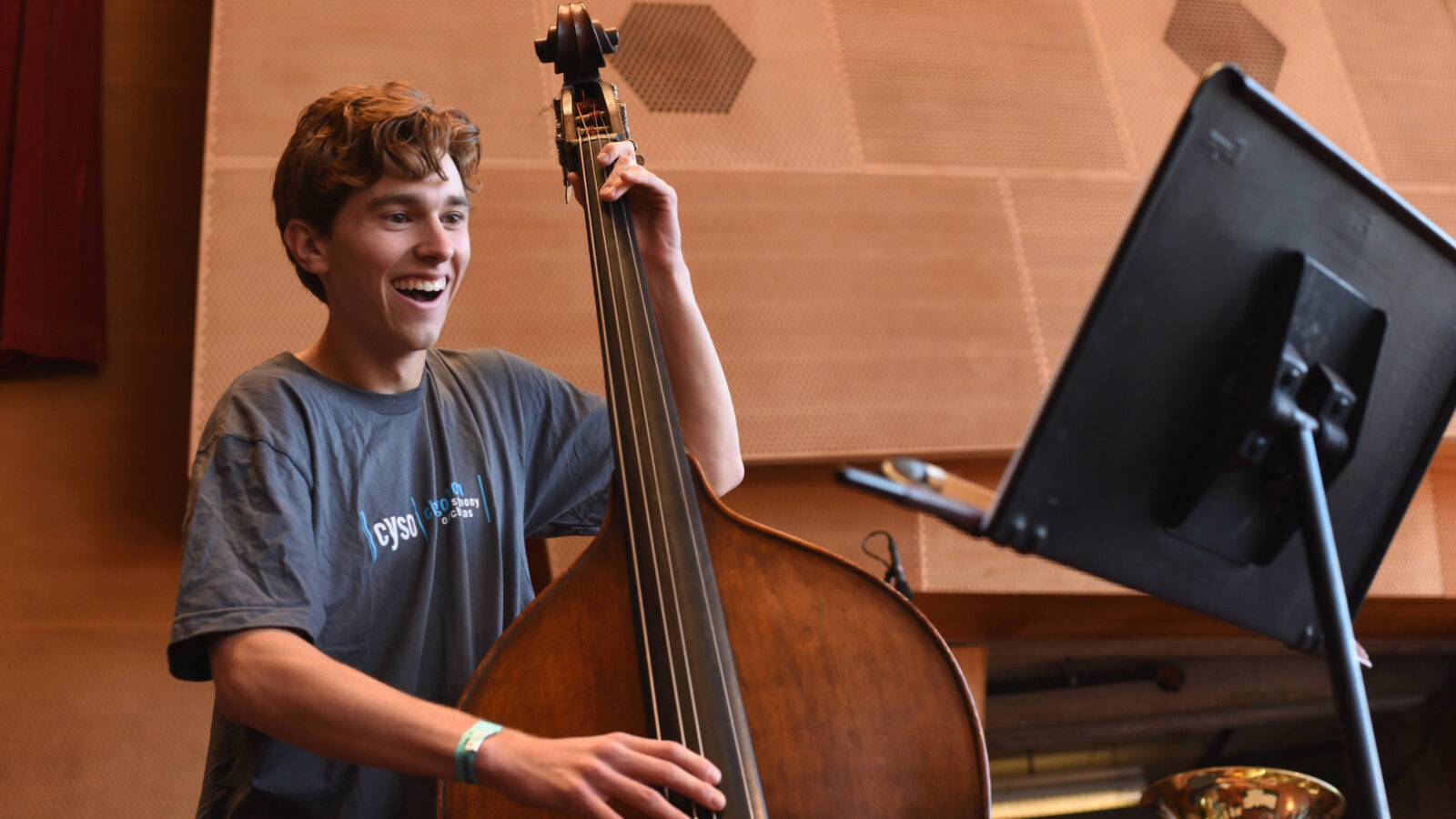
Discover why mastering just a few bars of music can make or break an audition and reveal your potential.
Read More.jpg)
Make a great first impression with proper college visit etiquette and smart questions.
Read More
A comprehensive roadmap to navigate the music school application and audition process successfully.
Read More.png)
Sometimes the smallest gestures-like a simple thank-you -- open the biggest doors. Discover how one note of gratitude changed everything.
Read More
Discover how college fairs tailored for music students can open doors to top programs and help you make meaningful connections before you ever audition.
Read More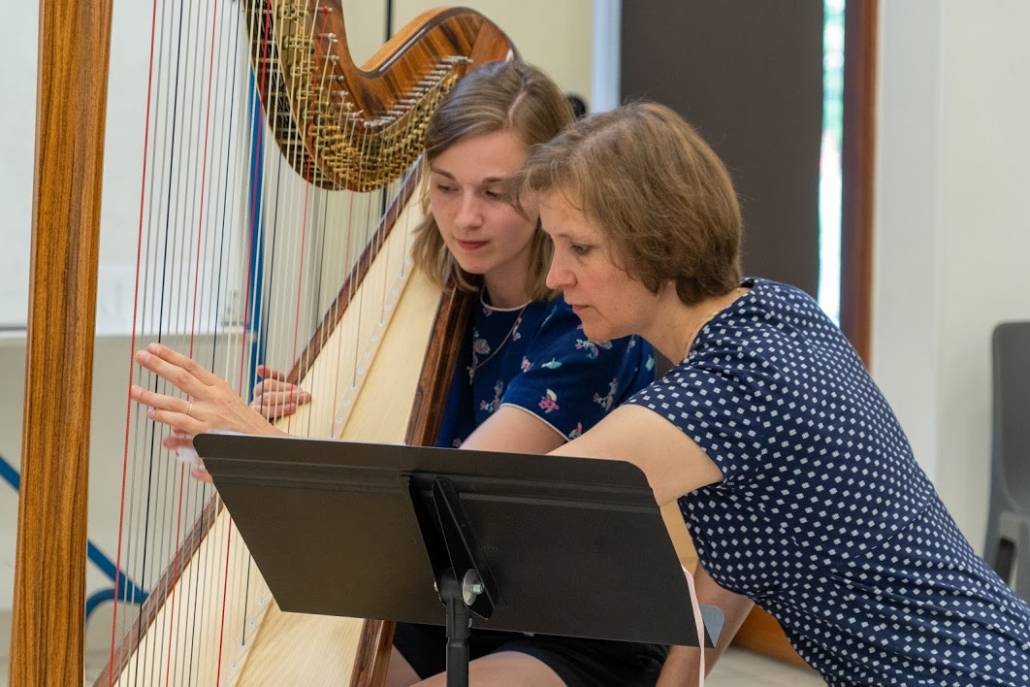
Private music lessons do more than sharpen skills — they unlock opportunity. Discover how one-on-one instruction builds confidence, hones performance, and opens doors to college auditions and scholarships.
Read More
Packed with proven strategies, expert insights, and inspiring real-life stories, it empowers musicians to turn performance anxiety into confident, expressive auditions.
Read More
Discover how marching band can do more than make music—it can open doors to scholarships, leadership roles, and life-changing opportunities.
Read More.jpg)
Where nerves meet opportunity, growth begins. Discover how one powerful experience can elevate your student’s talent—and their college application.
Read More.png)
Professors don't just admit talent—they choose students they won't mind teaching every Tuesday morning before coffee, touring Europe with next spring, and introducing to their colleagues without bracing themselves first.
Read More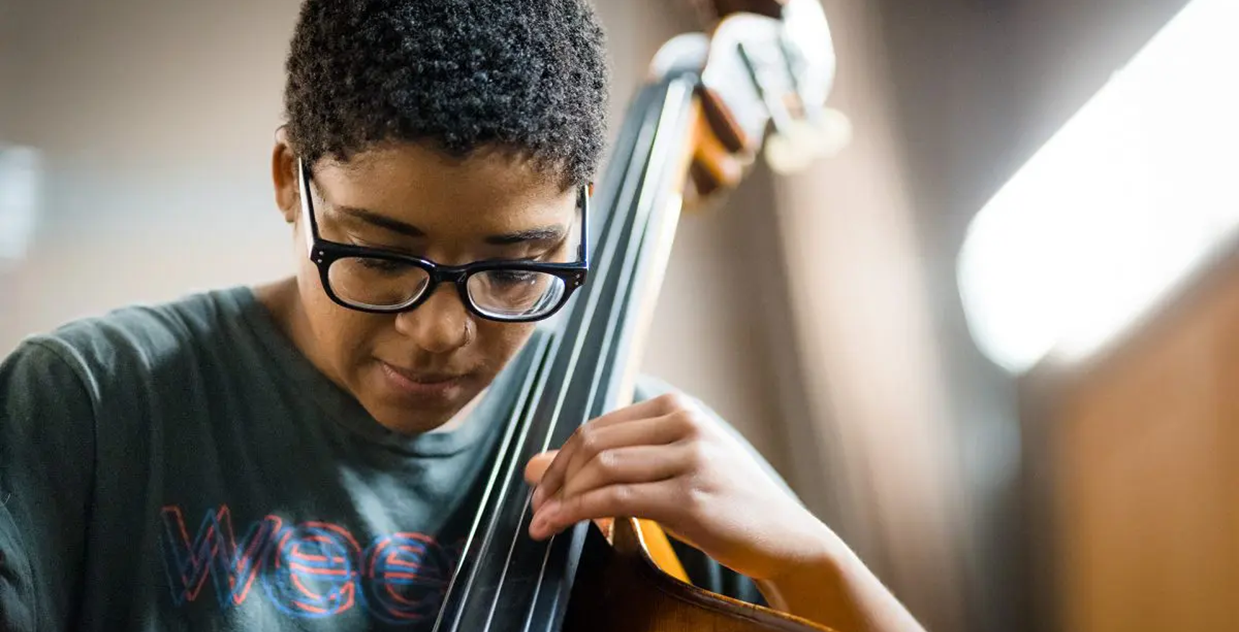
Think a music degree is out of reach because of cost? Think again. Whether you're aiming for college scholarships or exploring grants from arts organizations, this guide helps you uncover the many ways to fund your passion — and shows why applying early and often is the key to making your musical dreams a reality.
Read More
From nerves to notes, this guide helps student musicians face audition day with clarity, confidence, and control.
Read More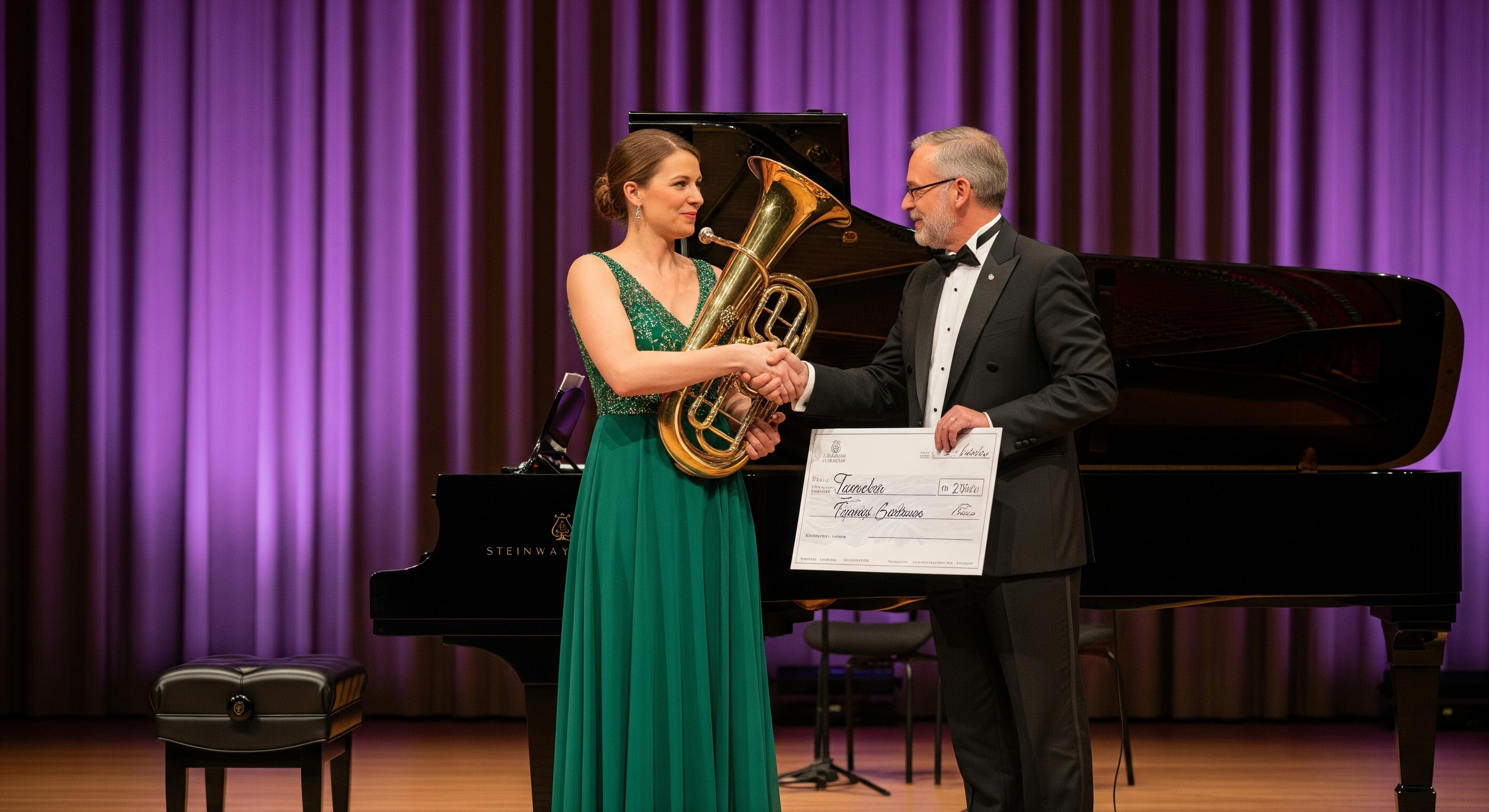
Shedding light on the financial freedom performing arts students deserve—and the billions in performing arts scholarships many never knew existed
Read More
Talent is just the beginning. Learn how the right moves today—owning your child's UTL name, building their brand, and shaping their story—can set your young performing artist on a path to lasting stardom.
Read More
From first solo to final audition—how a carefully curated repertoire list becomes a student’s personal record of growth, readiness, and artistic identity.
Read More
Don't let travel troubles ruin your big audition! This guide has everything you need to ensure you and your instrument arrive.
Read More
Discover how decoding a composition’s name can elevate your performance, impress adjudicators, and help you stand out from the competition.
Read More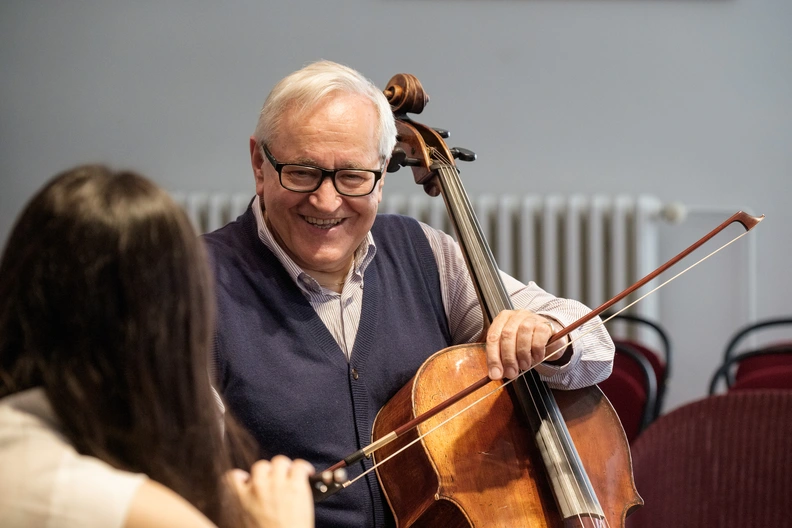
How one meaningful connection with a music teacher can open doors to college, scholarships, and a lifelong mentorship — starting now.
Read More
You don’t need fancy gear to capture talent — just these smart, affordable tips that could turn an audition video into a scholarship-winning performance.
Read More
Discover why a liberal arts education isn’t just about academics—it’s a powerful launchpad for aspiring musicians to thrive in every stage of their careers.
Read More.jpg)
Choosing the right music degree isn't just about a major -- it's about mapping the future of your artistry. Discover the key differences between BM, BA, BFA, and BS programs and find your perfect path.
Read More
From educators, performers, and industry insiders who got tired of hearing “music isn’t a real career” and decided to answer with Broadway box-office receipts, royalty checks, and Grammy paydays.
Read More
Where Purpose Meets Performance: How Service Can Help Pay for Your Music Degree.
Read More
For those navigating the leap from talent to training and tuning both heart and mind to what’s next—this is your guide to finding the path that fits, connects, and inspires.
Read More.jpg)
A month-by-month roadmap designed to help aspiring music majors confidently prepare for college auditions—one scale, solo, and strategy at a time.
Read More.jpg)
Beyond the Name: Finding the Place That Helps You Find Your
Read More.jpg)
Discover the real perks, the hidden costs, and how to tell if coaching is the right
Read More.jpg)
Mastering college applications means mastering deadlines. Success hinges on precision, preparation, and unwavering commitment to each institution’s unique demands.
Read More.jpg)
Because affording your dream school shouldn't be a dream.
Read More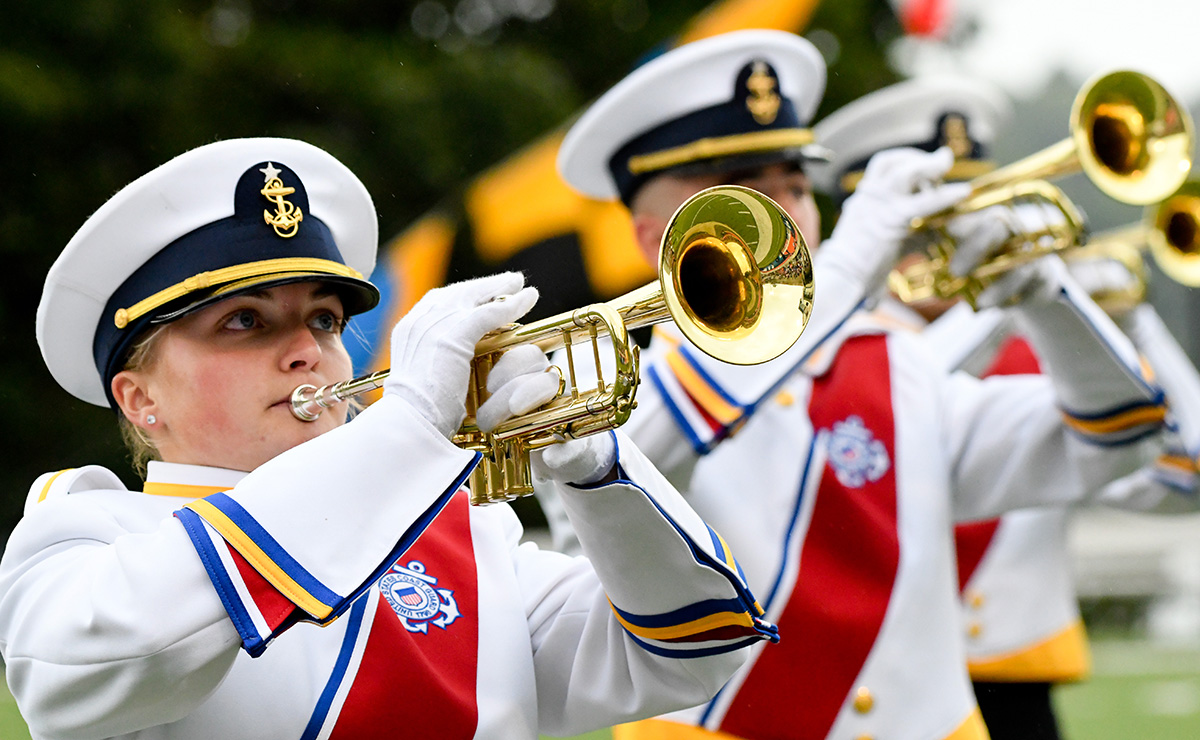
Where passion meets purpose — discover how talented musicians turn their love for music into a professional career serving their country.
Read More.png)
The music industry fuels the U.S. economy, driving schools to recruit creative, business-savvy students. Scholarships now target songwriters.
Read More.png)
How young artists can launch their careers and travel the world — without a college degree.
Read More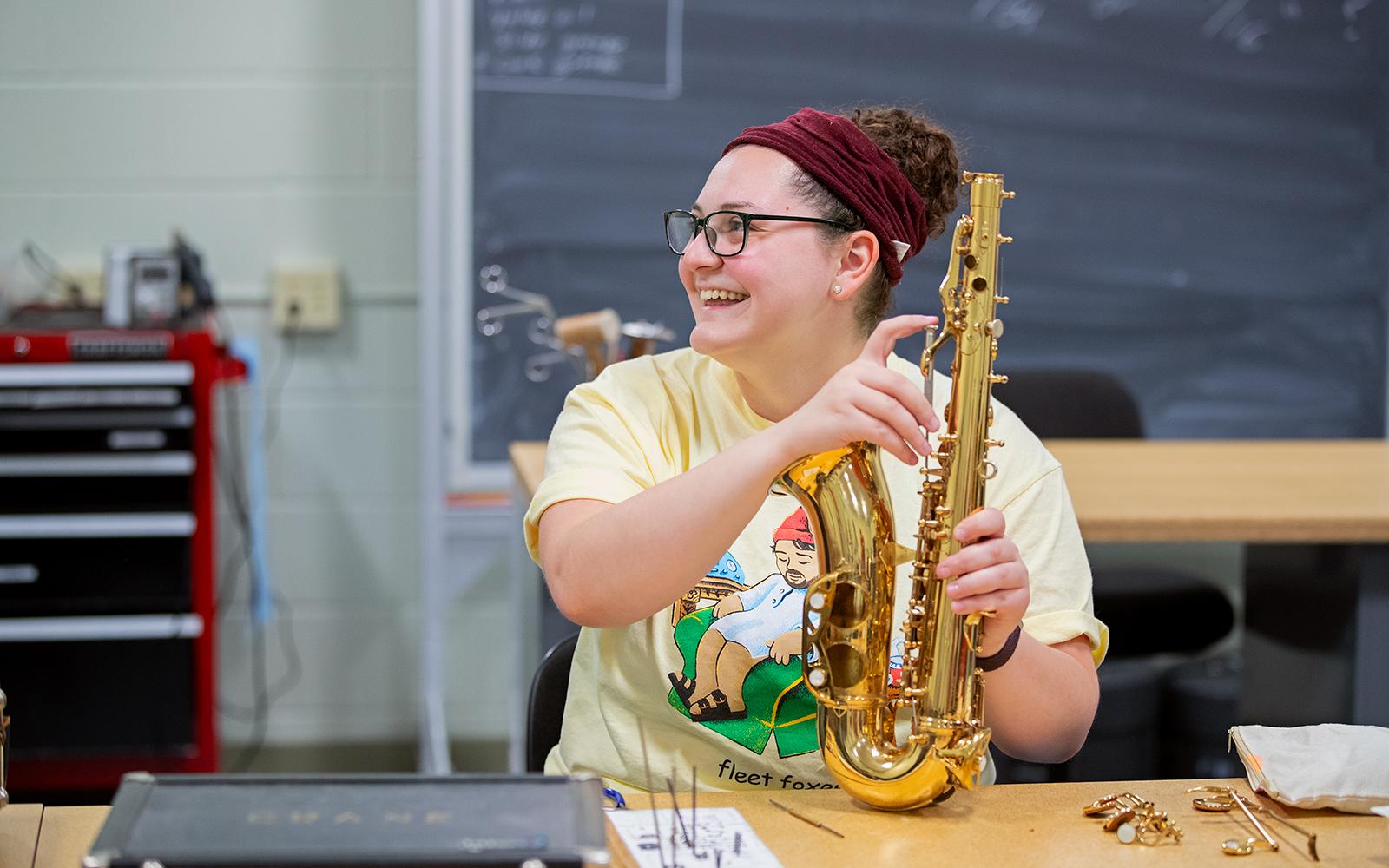
Because your talent deserves more than applause, it deserves a paycheck.
Read More
It’s not about impressing—it's about expressing.
Read MoreThe Accoladi Research Team is constantly tracking trends in performing arts collegiate recruiting, documenting scholarship procurement processes, and uncovering new resources for students and families. From the latest audition requirements to insider tips on securing funding, we’re always expanding our library— so, you can make informed choices with confidence.
